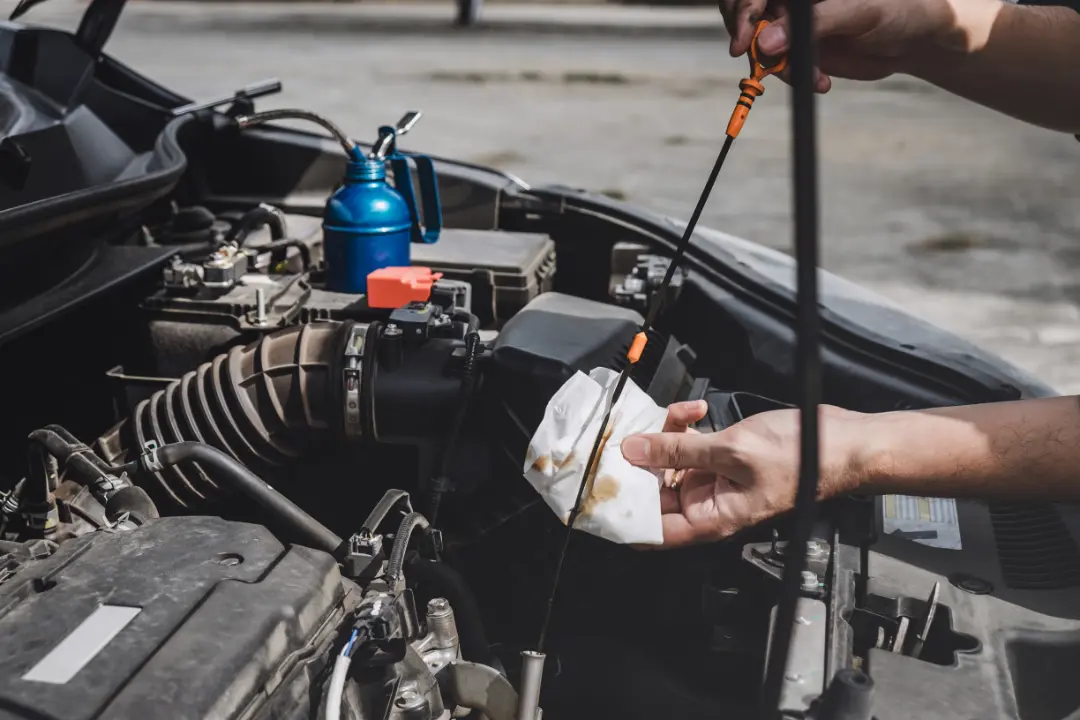An MOT (Ministry of Transport) test is an annual inspection that cars over three years old must complete to ensure they’re fit and safe for use. An MOT check can be frightening, especially if you don’t know what the tester will look at in great detail! If this describes how you feel, then today’s article aims to provide more insight into your car’s safety, including: What does an MOT have? How often do I need an MOT? And also, how can I prepare my vehicle for its next test date? We’ll go through every component so you can feel confident about your car’s upkeep and maintenance. Let’s get started!
An Overview of an MOT Test
The MOT test is essential for maintaining your vehicle’s safety and roadworthiness. This comprehensive inspection is required annually for any car over three years old and checks everything from brakes and suspension to lights and emissions. It’s vital to ensure your vehicle passes this test for your safety and the safety of others on the road. Failure to pass the MOT test can result in hefty fines and even points on your license. By keeping up with regular maintenance and addressing any issues promptly, you can improve your chances of passing the MOT test with flying colours.

Understanding the Different Categories of an MOT Test
When owning a vehicle, specific responsibilities come with it, including regular MOT tests. But what categories can a car fall into during an MOT test? Well, there are three: minor, central, and dangerous. Minor faults are those that don’t significantly impact the safety of the vehicle or the environment, such as a broken light bulb. On the other hand, major faults are considered to have a significant impact and need to be fixed before the vehicle can pass its MOT test. Finally, dangerous spots pose an immediate risk to the driver, passengers, or other road users, and the car must not be driven until they are fixed. Understanding these categories can help you prepare for your vehicle’s MOT test and ensure you keep yourself and others safe on the road.
Exterior Checks – A Closer Look
When maintaining a vehicle, it’s essential not to overlook the exterior. Regularly conducting exterior checks can help prevent potential issues and keep your car looking its best. From inspecting the tires for proper pressure and tread depth to checking the windshield wipers for damage, you can take various steps to ensure your vehicle is in top shape. Additionally, giving your car a thorough cleaning and waxing can improve its appearance and protect it from damage caused by weather and road conditions. Taking care of your vehicle’s exterior will benefit its longevity and give you pride in ownership.
Lights and Signals Checks – What’s Involved
Before hitting the road, performing a quick check on your vehicle’s lights and signals is crucial. This includes headlights, taillights, turn signals, brakes, and hazard lights. Ensuring all these components are functioning correctly can prevent accidents and keep you and other drivers safe. It can also save you from getting a ticket for driving with a broken light. A simple check can go a long way, so take a few extra minutes before your next drive to ensure your car is in tip-top shape.

Interior Components Inspected during an MOT
When passing the MOT test, several interior components must be inspected. These include the condition of seats and seatbelts, the dashboard warning lights’ functionality, and the speedometer’s accuracy. The examiner will also check the operation of the horn, the steering wheel, and the brake pedal. All of these components must be in good working order to ensure the driver’s and passengers’ safety. While having these parts regularly checked may seem like a hassle, it’s for the greater good and peace of mind on the road.
Emissions Tests – The Breakdown
As the world becomes increasingly aware of the impact of human activities on the environment, Emissions Tests have become a crucial measure in regulating harmful pollutants. These tests measure the number of pollutants vehicles release into the atmosphere under standardized conditions. While they may appear straightforward, the testing process is much more complex than you might think. Various tests are conducted in different situations, requiring specific equipment, software and technical expertise. It’s about measuring the pollutants and ensuring the tests are completed accurately and standardized across other regions. The breakdown of emissions tests highlights the importance of balancing environmental protection and technological innovation.
Overall, there is a lot to consider when getting an MOT test. Various checks need to be undertaken for a vehicle to pass the MOT. Exterior, lights and signals, interior components, and emissions tests must be performed to determine if the car is roadworthy or not. Ensuring a qualified mechanic checks these elements is essential so that safety can be maximized and the vehicle’s lifespan can be extended. Remember to take the necessary measures, such as getting your MOT tests done regularly, to ensure driving safety at all times!


